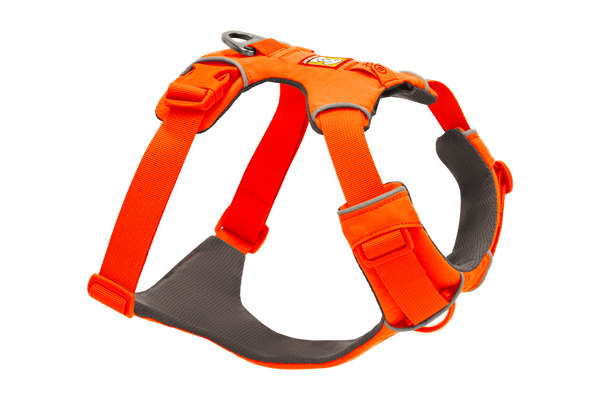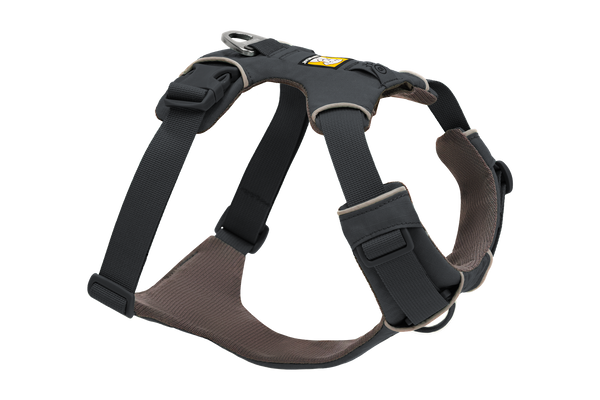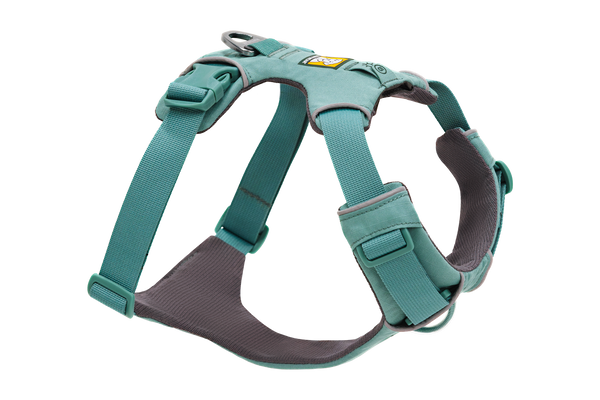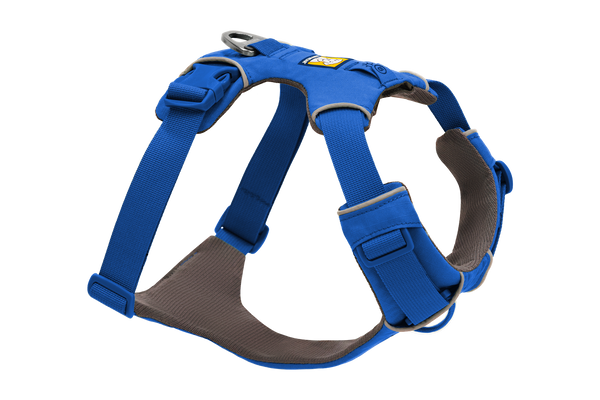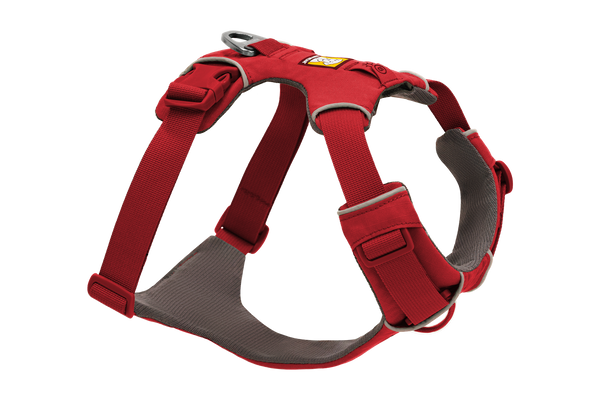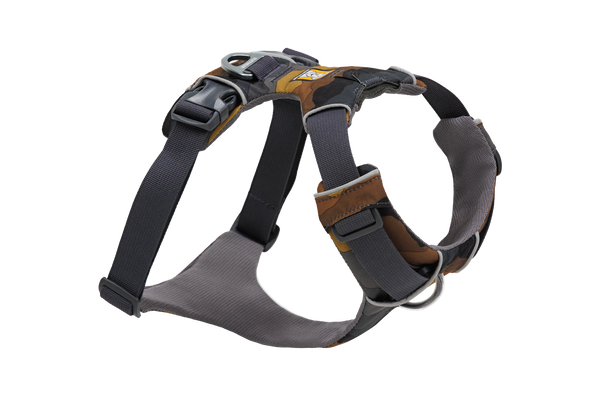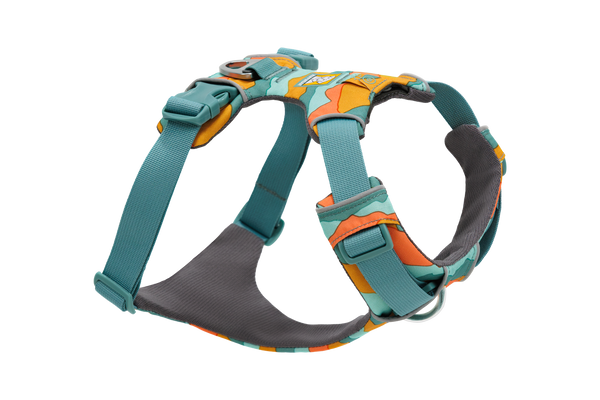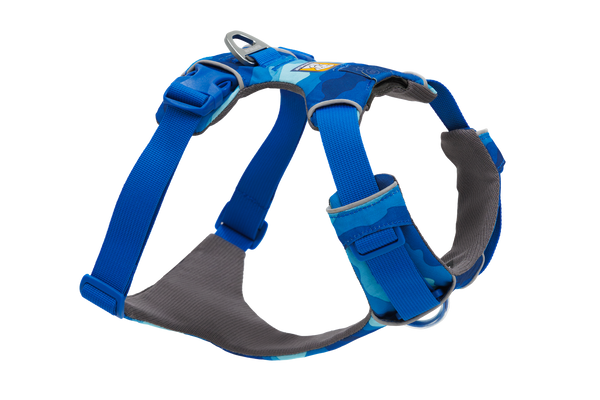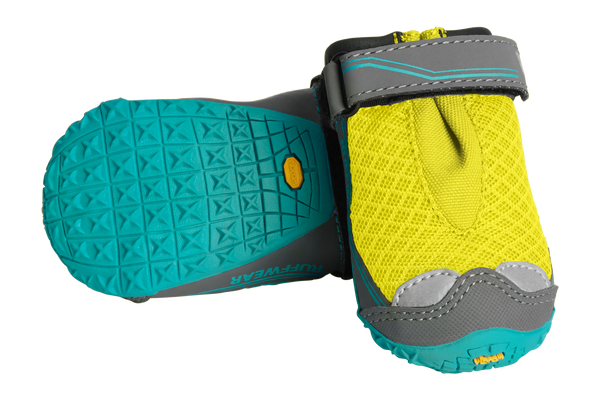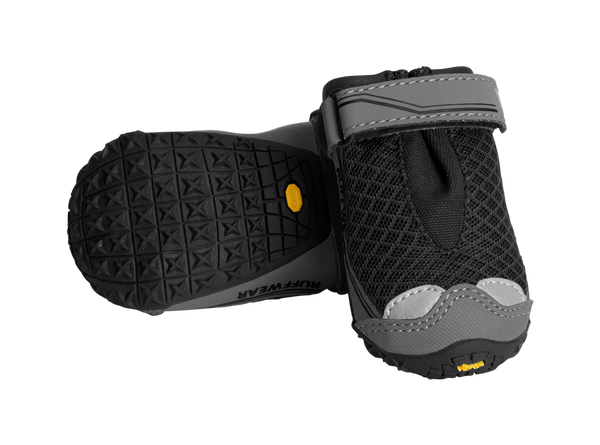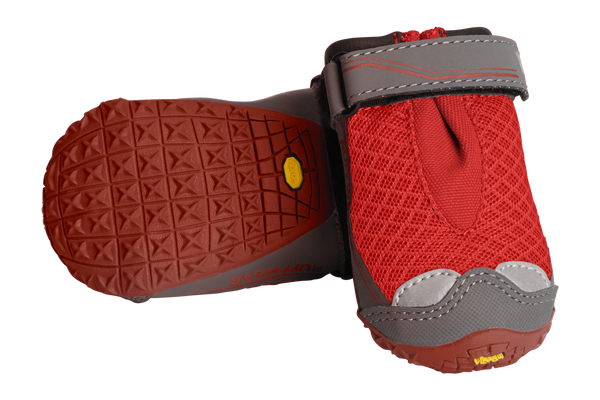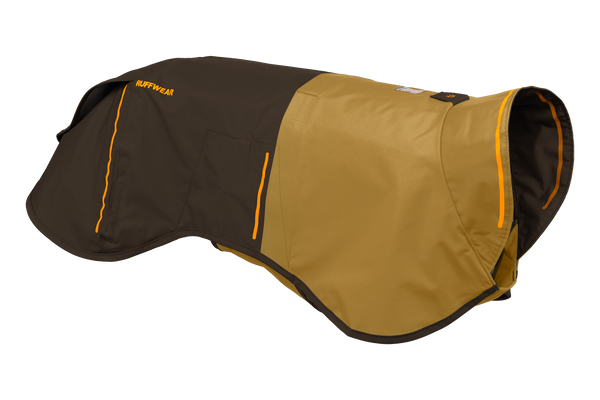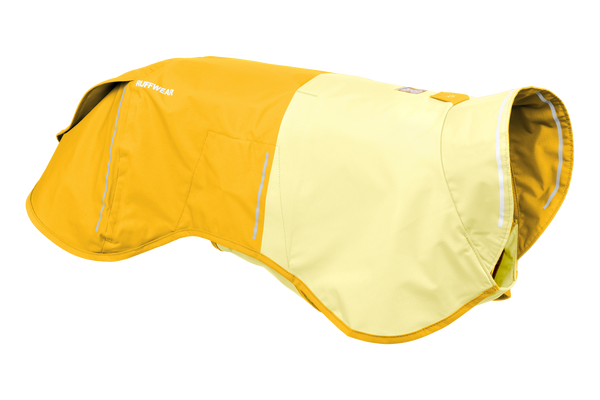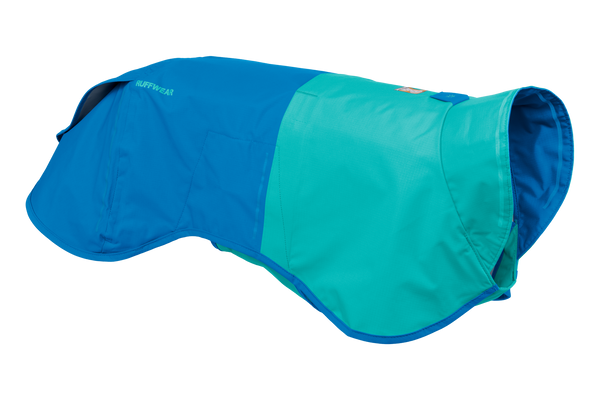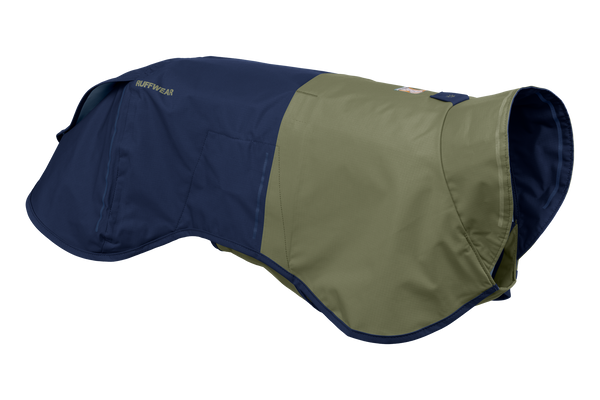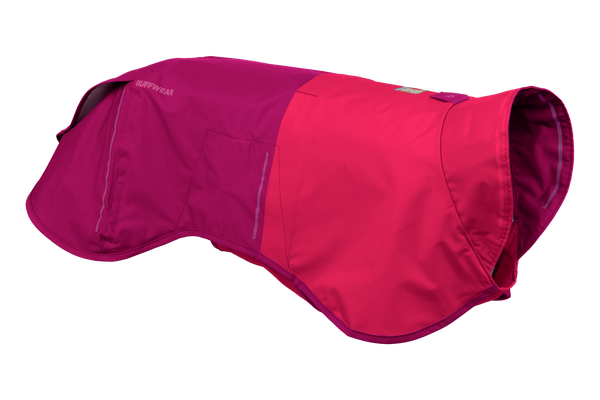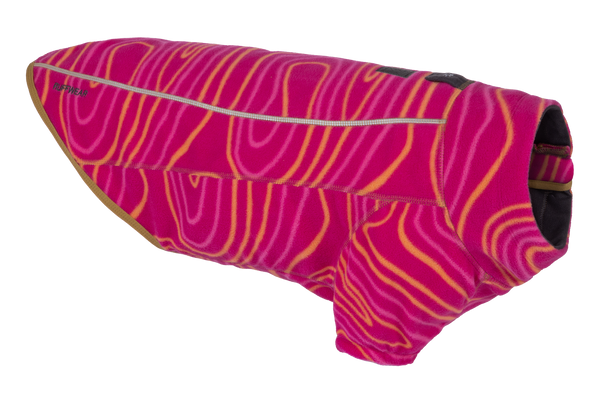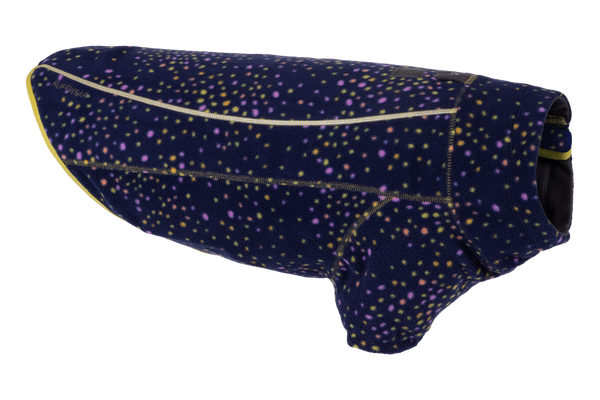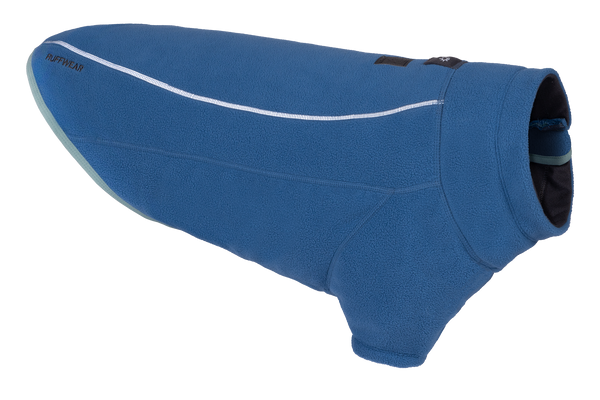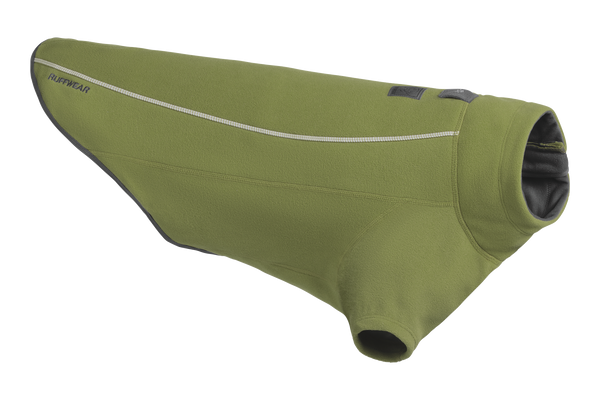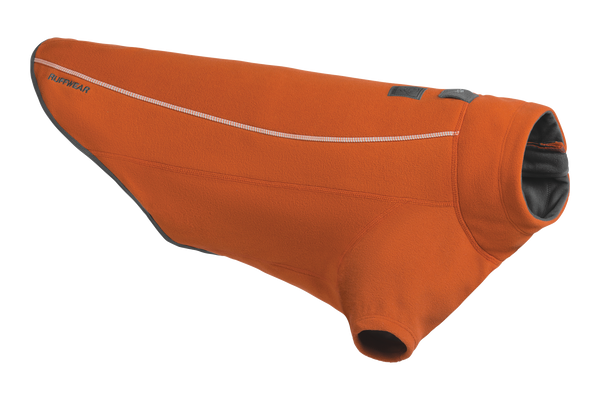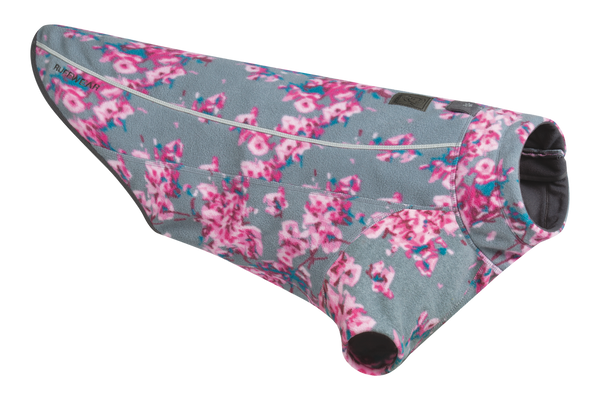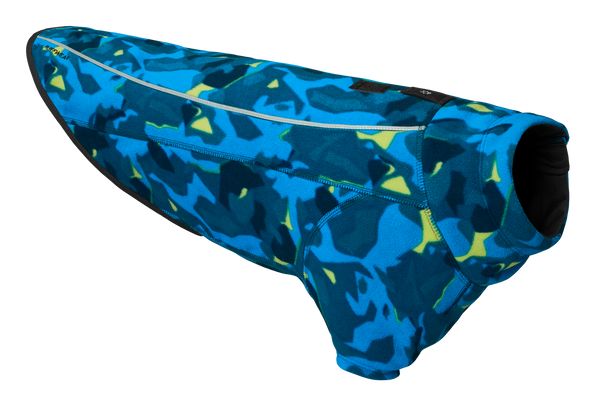The Fascinating History of the Dog Harness
The dog harness is one of the most crucial pieces of gear you can have in your dog’s kit. It provides a secure and comfortable way to walk your pup by reducing pressure on their neck and trachea, offers greater control during walks and hikes, and makes a great training tool. Ultimately, it's keeps your adventures going so you can explore more with your trail buddy. We could go on and on…
But the dog harness we know and love today has come a long way — very long, in fact. The first dog harnesses were likely created as far back as 10,000 BC or even before.
Let’s dive into the fascinating history of the dog harness and explore how it transformed alongside our canine companions.
A Brief History of the Dog Harness
To really understand how this key piece of gear evolved, we have to go way back to ancient civilizations when the first dogs were domesticated, possibly as early as 10,000 BC.
Ancient Civilizations (10,000 BC+)
Evidence suggests that dogs were domesticated during this period, and one of their early tasks was likely pulling sleds. To aid them in this important role, simple harnesses were crafted from readily available natural materials like leather, rope, and even woven grass — yes, less durable than what we use today, but they did the trick! While we don’t know the exact design used for these harnesses, they likely served a dual purpose, assisting with pulling tasks and potentially even being used in combat situations.
China (around 1500 BC)
Fast forward to around 1500 BC in China, we start to see chest harnesses being used on draft animals. These are domesticated animals used in drawing heavy loads, like oxen and water buffalo. This innovation suggests a growing awareness of animal comfort and well-being. Chest harnesses allowed working animals to breathe more easily and exert themselves more effectively when compared to neck harnesses.
Roman Times
The concept of improved comfort for working dogs continued in Roman times. Chest harnesses became the preferred choice over neck harnesses, reflecting a more humane and practical approach to utilizing canine power. This shift in design allowed dogs to perform their tasks with greater ease and efficiency.
Middle Ages
During the Middle Ages, while still used for working purposes, harnesses also became a marker of status. For the nobility of this era, intricately designed harnesses could be seen on their prized hunting dogs. This reflected the growing bond between humans and canines, with dogs becoming valued companions.
Industrial Revolution (18th-19th Centuries)
The Industrial Revolution ushered in a new era of innovation, and the dog harness was no exception. The development of new materials like nylon and metal fastenings led to the creation of more durable and adjustable harnesses. These harnesses were optimized for a dog's pulling power, making them even more effective for tasks like carting and transportation.
World Wars (Early 20th Century):
The challenges of World War I and World War II saw the rise of the service dog. These courageous canines played a vital role in aiding soldiers on the battlefield. Harnesses were crucial for these working animals, allowing them to carry medical supplies and equipment like first-aid kits and messages strapped to their backs. This era also witnessed a significant development — the creation of specialized harnesses for guide dogs. These harnesses provided a safe and effective way for visually impaired individuals to navigate the world with their canine companions.
Modern Era (20th Century - Present):
The 20th century marked a transition in focus for the dog harness. No longer solely associated with working tasks, harnesses became increasingly concerned with comfort, safety, and catering to the specific needs of various dog activities. With the rise of dogs becoming family members and the growing understanding of canine needs, the emphasis moved towards ensuring a positive walking experience for both dog and human. A wider variety of styles and features emerged to address this, with harnesses designed for activities like hiking, sports, and even everyday walks offering optimal comfort and control.
Ruffwear Harnesses

Our collection of dog harnesses has its own rich history, dating all the way back to our first Web Master Harness™ developed in 1996, originally as part of a dog pack. We noticed that our customers were removing the detachable saddlebags from the dog pack and using the harness as a standalone piece of gear when they didn’t need the pack. This inspired the creation of the Web Master Harness ™ and symbolized our entry into the harness space.
Like the Web Master Harness™, all of our harnesses are built with a Y-shaped chest panel, a feature that plays an integral role in the construction and functionality of our entire harness collection.

The Y-shaped chest panel has the following benefits:
- Allows for full range of motion
- Does not inhibit a dog’s natural movement
- Avoids pressure on the trachea and other soft tissue areas
All of Ruffwear's harnesses also feature adjustable straps, secure leash attachment points, and durable materials and hardware, along with thoughtful features like reflective trim for low-light visibility and padding for comfortable wear.

Depending on you and your pup’s needs, our harnesses offer solutions for lift and assist, training and leash pulling, and everyday adventures. Not sure which one is right for your dog? Check out the comparison chart below or learn how to choose the best harness for your pup.

From the sled dogs of ancient civilizations to the modern adventure pups of today, we know one thing is for certain — the dog harness is here to stay.
Sources:
https://www.science.org/content/article/humans-were-breeding-sled-dogs-9500-years-ago-dna-evidence-suggests
https://www.si.edu/object/alaskan-dog-sled%3Anpm_1994.2099.1
https://www.researchgate.net/publication/354581526_The_Use_of_Draught_Animals_in
https://www.researchgate.net/publication/267156740_How_dogs_came_to_run_the_world
https://www.theworldwar.org/learn/about-wwi/dogs-wwi
https://www.akc.org/about/history/
